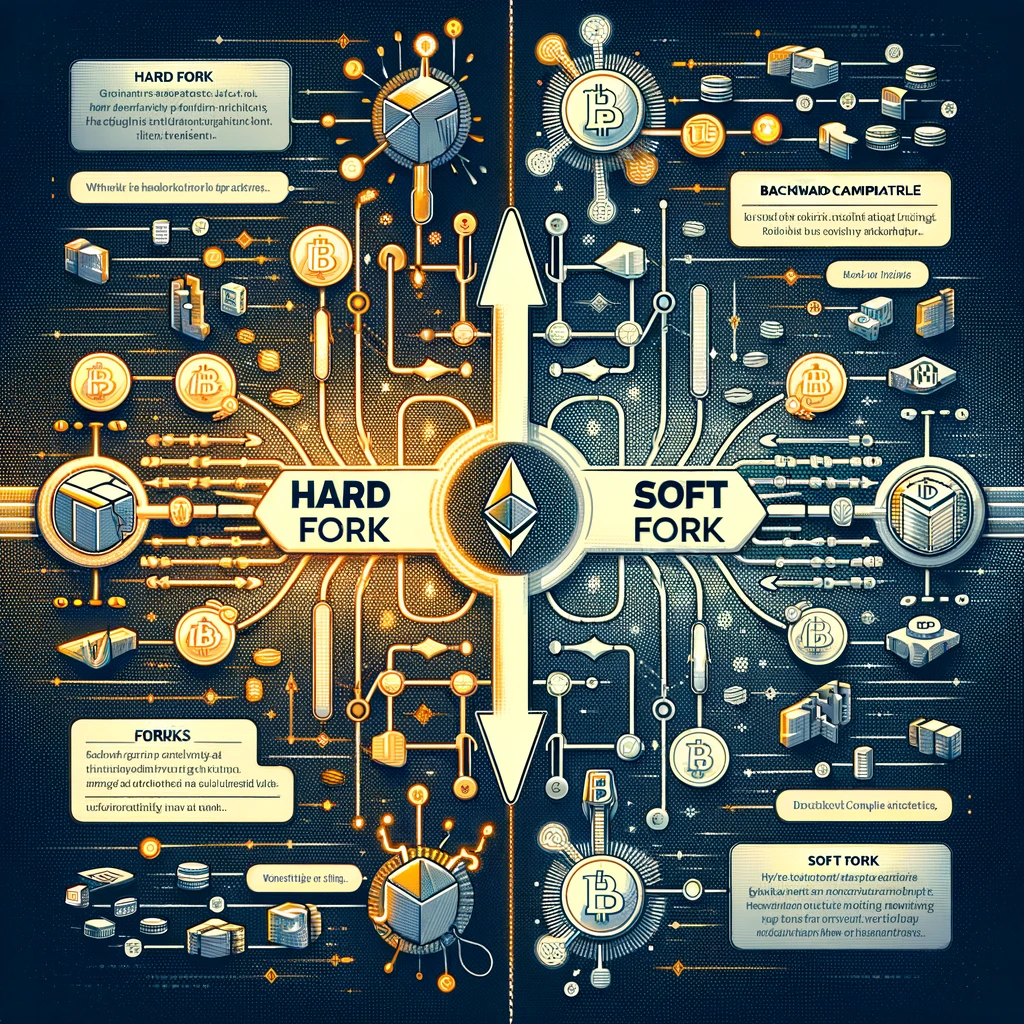Что такое атака 51%?

Введение: Как работает атака 51% в криптоторговле и инвестициях в криптовалюты
Для понимания атаки 51% необходимо вспомнить, как устроены системы майнинга и блокчейн.
Биткоин и его блокчейн отличаются распределенным характером, что обеспечивает децентрализацию системы и согласие всех участников с текущим состоянием блокчейна. Алгоритм Proof of Work (PoW) обеспечивает одобрение блока с транзакциями только после подтверждения его валидности всеми узлами сети.
Майнинг требует огромного объема энергии и вычислительных ресурсов. Производительность майнера зависит от его хеш-мощности или хешрейта. Ноды майнят и соревнуются друг с другом за нахождение валидного хеша блока для получения награды в биткоинах.
Такое распределение мощности майнинга должно быть равномерным, чтобы предотвратить монополизацию. Но что если один субъект захватит более 50% вычислительной мощности? Именно это и называется атакой 51%.
Что такое атака 51%
Атака 51% – это атака на блокчейн, где злоумышленник захватывает большую часть хешрейта, что может нарушить работу сети. В такой ситуации злоумышленнику будет достаточно мощности, чтобы исключать транзакции, изменять их порядок и провоцировать проблему двойного расходования.
Атака большинства позволяет злоумышленникам отказывать в обслуживании транзакций или майнить блоки для себя, создавая монополию майнинга. Однако она не позволяет изменять размер награды за блок или создавать монеты из ничего.
Существует ли угроза атаки 51% в криптоторговле и инвестициях в криптовалюты
Поддержка блокчейна осуществляется распределенной сетью нод, что обеспечивает безопасность блокчейна. Чем больше сеть, тем сложнее атаковать ее.
В случае с блокчейнами, использующими алгоритм Proof of Work, шансы на нахождение правильного решения для нового блока зависят от хешрейта майнера. Большая вычислительная мощность подразумевает больше попыток в секунду, что делает сеть конкурентоспособной и защищенной.
Из-за масштабов сети атака 51% на Биткоин крайне маловероятна. По мере роста блокчейна вероятность захвата вычислительной мощности продолжает уменьшаться.
Даже если атака произойдет, изменение ранее подтвержденных блоков становится все более сложным, так как все блоки связаны между собой криптографическими доказательствами. Биткоин считается самой безопасной и надежной криптовалютой.
Однако некоторые меньшие криптовалюты более уязвимы для атак 51% из-за их низкого хешрейта. Среди таких криптовалют можно выделить Monacoin, Bitcoin Gold и ZenCash.




